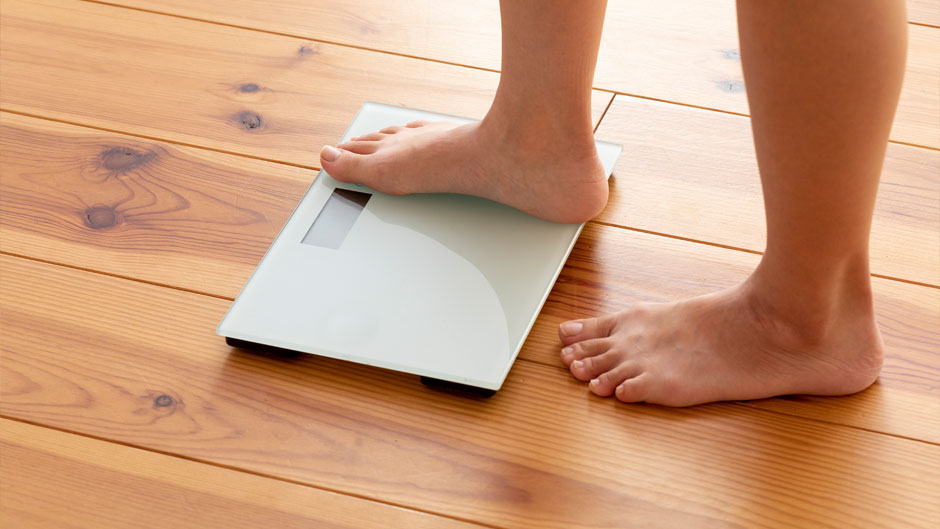It is well documented that obesity poses a high risk for diseases such as diabetes, high blood pressure, and some types of cancer. There is new evidence that obesity or a body mass index (BMI) of 30 or more places the person at a higher risk for lung problems, therefore making them more vulnerable if they contract COVID-19.
“Fat tissue is not an innocent bystander when it comes to viruses. It acts as a giant endocrine organ affecting the immune response, inflammation, and lung injury,” said Arlette Perry, professor and director of the Laboratory of Clinical and Applied Physiology of the University of Miami School of Education and Human Development.
One key protein affecting obese patients is human dipeptidyl peptidase (DPP4), which is associated with impaired insulin and glucose metabolism and risk of diabetes.
Inhibition of this protein can improve the immune response, suppress inflammation, and the severity of lung injury, she said. In Perry’s laboratory, she has been monitoring body composition and fat distribution, specifically adipose tissue (internal abdominal fat) which is responsible for high rates of inflammation and the worst obesity-related health outcomes.
A Lancet report published by two Johns Hopkins University doctors who worked with COVID-19 patients reported that obesity was a notable risk factor with the virus and “in populations with a high prevalence of obesity, COVID-19 will affect younger generations more than previously reported.” The study looked at six ICU units around the United States.
In the U.S., approximately 40 percent of the population is reported as obese.
“Obesity negatively impacts metabolic health, exacerbates pre-exisiting medical conditions, making everything worse,” Perry said. “That is why people with obesity have a propensity to develop more severe complications and symptoms and fare worse when exposed to COVID.”
At a time in which many families are practicing social distancing and staying at home to avoid contracting the virus, many are overindulging in their eating habits, said Perry.
“The enormous stress and concerns of the pandemic are expressed in social media postings of the ‘Quarantine 15,’ ” she said. “Those are the 15 extra pounds people are gaining while spending more time at home.”
More time is spent cooking and eating while indulging in comfort foods, sugary cereals, and other calorie-laden snacks, she added.
Perry said it was important to maintain a healthy diet during a time of isolation, especially when one’s body should be fit and ready to fight any infection. A diet based on whole grains and unprocessed foods work best.
“Now that people are cooking more at home, they should make wise choices,” she said. “Fruits, vegetables, and high-fiber foods improve your satiety. Sugary foods make you eat more.”
It is also important to get more Vitamin D into the diet since it can exert protective effects on various inflammatory, infectious, and pulmonary diseases.
Exercising or walking outdoors in the sun will allow your skin to process ultraviolet radiation and manufacture more vitamin D, she pointed out. But if that is not enough, supplements can be added to the diet.
Vitamin D also is present in several foods, including milk and dairy products (enriched in the vitamin), as well as fatty fish such as salmon and tuna.
Keeping a healthy weight includes regular exercise that focuses on large muscle groups to increase skeletal muscle mass and reduce body fat. The large muscle groups of the legs, the abdominal area, and back are the main targets. If going to the gym is not an option, then Perry suggested working out at home.
Use light weights, milk cartons, or resistance bands to work the large muscles of the body, lift and tighten arm muscles, perform lunges, and do push-ups and sit-ups. Use chairs and furniture in the house for balance, if needed, she added.
The following are additional tips that Perry provided.
- Use parks and outdoor playgrounds that are open to walk and exercise.
- Go to farmers markets that provide specialty and ethnic foods, as well as plenty of fresh fruits and vegetables.
- Check out YouTube videos of exercise and dance classes. Try Zumba, hip-hop, and calisthenic workouts to improve aerobic capacity, strengthen muscles, and increase bone density. Strive to augment your skeletal muscle/fat ratio.
- Post more positive health messages for people trying to manage their weight. Encourage self-care and compassion; discourage negative weight stereotypes.

